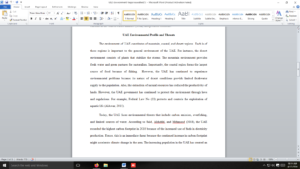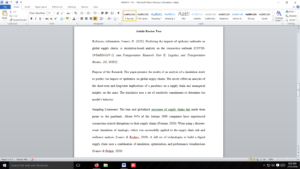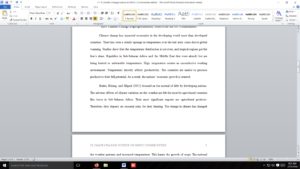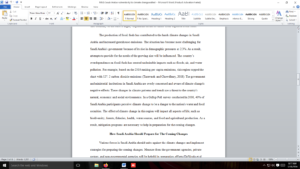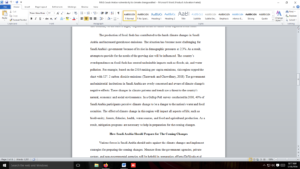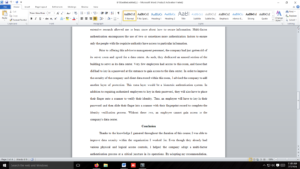another example
Student Name Sample Article Review 1
Reference Information: Scanzoni, John (2001). From the Normal Family to Alternate Families to the Quest for Diversity With Interdependence, Journal or Family Issues, vol. 22 No. 6, September 2001, 688710.
Purpose of Study: To look at the changes and the diversity of the households from the late 1960’s to present, both from the constructionist and the functionalistic view. And figuring out which family style works the best to meet both the family and societies needs.
Sampling Comments: Otto (1970), “man can create marriage and family possibilities uniquely suited to his time, place and situation.” Sussman and Cogswell (1972) “…adults must live for themselves and not only for their children.” The standard family (nuclear) stifled mutual confidant between mates. Single parenting was viewed as a temporary condition, which would resolve when the parent remarried, thus it wasn’t seen as a “real” family.
Measures: The standard family (or nuclear family) was faired to the different variant families such as single parents, homosexual, multimarriages, and getting pregnant out of wedlock. Scanzoni reviewed and summarized the functionalist and constructionalist models and theories starting from post World War II to the present.
Findings/Results/Main Points: Functionalists support the model that views a new standard family were previous traditional roles are in place while the children are young in order to promote optimal child development. Scanzoni’s research found that developmentalists believe that it is more the lifelong encounters between a child’s genetic makeup, personality and social context and not just the first few years of life. While the functionalists want to exclude the community, the constructionalists believe that the community makes the family. “Families are produced and created by the actions of persons operating within the social structure and cultural milieu that surrounds them (Maines, 2000).” They also believe that if the community views a groups as not mainstream than that group is likely not to succeed.
Conclusion: While one believes that negotiations build a stronger family and community the other does not believe in negotiation of any type. The citizens that feel the neostandard model is better state they would have a hard time fairing up. This selfdoubt along with lack of support may stifle their innovations. Most citizens admit to wanting the neostandard model for themselves and their children but are willing to accept the reality of the variant family. “Because there is no best family pattern to stray from, there can be no variants that are invariably judged as lesser. Then and only then have we taken the first step toward embracing genuine diversity, (Scanzoni 1989).” To date there is no one household model that is flawless but household variety has been found to enrich the family. Household diversity with interdependence that builds a strong sense of community has been found to be healthy.
Answer preview
Sampling Comments: The lean and globalized structures of supply chains has made them prone to the pandemic. About 94% of the fortune 1000 companies have experienced coronavirus related disruptions to their supply chains (Fortune, 2020). When using a discrete-event simulation of Analogic, which was successfully applied to the supply chain risk and resilience analysis (Ivanov & Rozhov, 2019). A full set of technologies to build a digital supply chain uses a combination of simulation, optimization, and performance visualizations (Ivanov & Dolgui, 2020)
Measures: The paper uses a case study where a model is formulated. The model is of a global supply chain for a company selling lighting equipment of five different types.
[946 Words]
